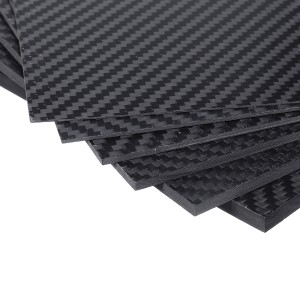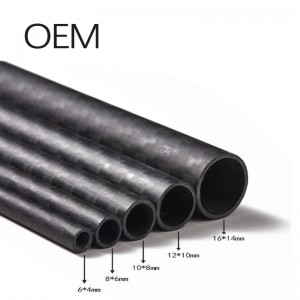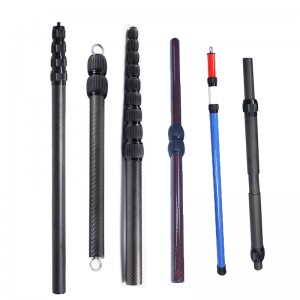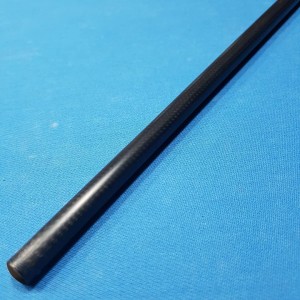Carbon fiber reinforced polymer composite (CFRP) is a lightweight and strong material that can be used to make a wide range of products that we use in our daily lives. It is a term used to describe fiber-reinforced composites that use carbon fiber as their main structural component. It should be noted that the “P” in CFRP can also stand for “plastic” rather than “polymer.” Typically, CFRP composites use thermosetting resins, such as epoxy, polyester, or vinyl esters. Despite the use of thermoplastic resins in CFRP composites, “carbon fiber-reinforced thermoplastic composites” is often referred to by its acronym, CFRTP composites. When working with composites or in the composites industry, it is important to know the terminology and acronyms. More importantly, it is necessary to understand the properties of FRP composites as well as the properties of various reinforcing materials, such as carbon fiber
Properties of CFRP composites Composites reinforced with carbon fiber are different from other FRP composites that use traditional materials, such as glass fiber or aramid fiber. Advantages of CFRP composites include: Light weight: Traditional glass fiber reinforced composites use continuous glass fiber and 70% glass fiber (glass weight/total weight), typically with a density of 0.065 pounds per cubic inch. Meanwhile, a CFRP composite with the same 70 percent fiber weight typically has a density of 0.055 pounds per cubic inch. Enhanced strength: Carbon fiber composites not only weigh less, but CFRP composites are stronger and harder per unit weight. This is true when carbon fiber composites are compared to glass fibers, and even more so when compared to metals.
Disadvantages of CFRP composites Cost: Although an amazing material, there is a reason why carbon fiber cannot be used in every application. Currently, CFRP composites are prohibitively expensive in many cases. Depending on current market conditions (supply and demand), the type of carbon fiber (aerospace versus commercial grade), and the size of the fiber bundles, the price of carbon fiber can vary dramatically. In pound terms, the price of raw carbon fiber can be five to 25 times higher than that of glass fiber. The difference is even greater when comparing steel with CFRP composites
Electrical conductivity: This can be an advantage or disadvantage of carbon fiber composites, depending on the application. Carbon fiber has extremely high electrical conductivity, and glass fiber has insulation. Many applications use fiberglass and cannot use carbon fiber or metal, strictly because of electrical conductivity.
For example, in the utility industry, fiberglass is required for many products. This is also one of the reasons why ladders use fiberglass as ladder handrails. If a fiberglass ladder comes into contact with a wire, the likelihood of electrocution is much lower. Carbon fiber-reinforced plastic (CFRP) ladders are a different story. Although the cost of CFRP composites remains high, new technological advances in manufacturing continue to deliver more cost-effective products. Hopefully, within our lifetime, we’ll see low-cost carbon fiber widely used in consumer, industrial and automotive applications.
To learn more, please click here
Post time: Aug-04-2023





